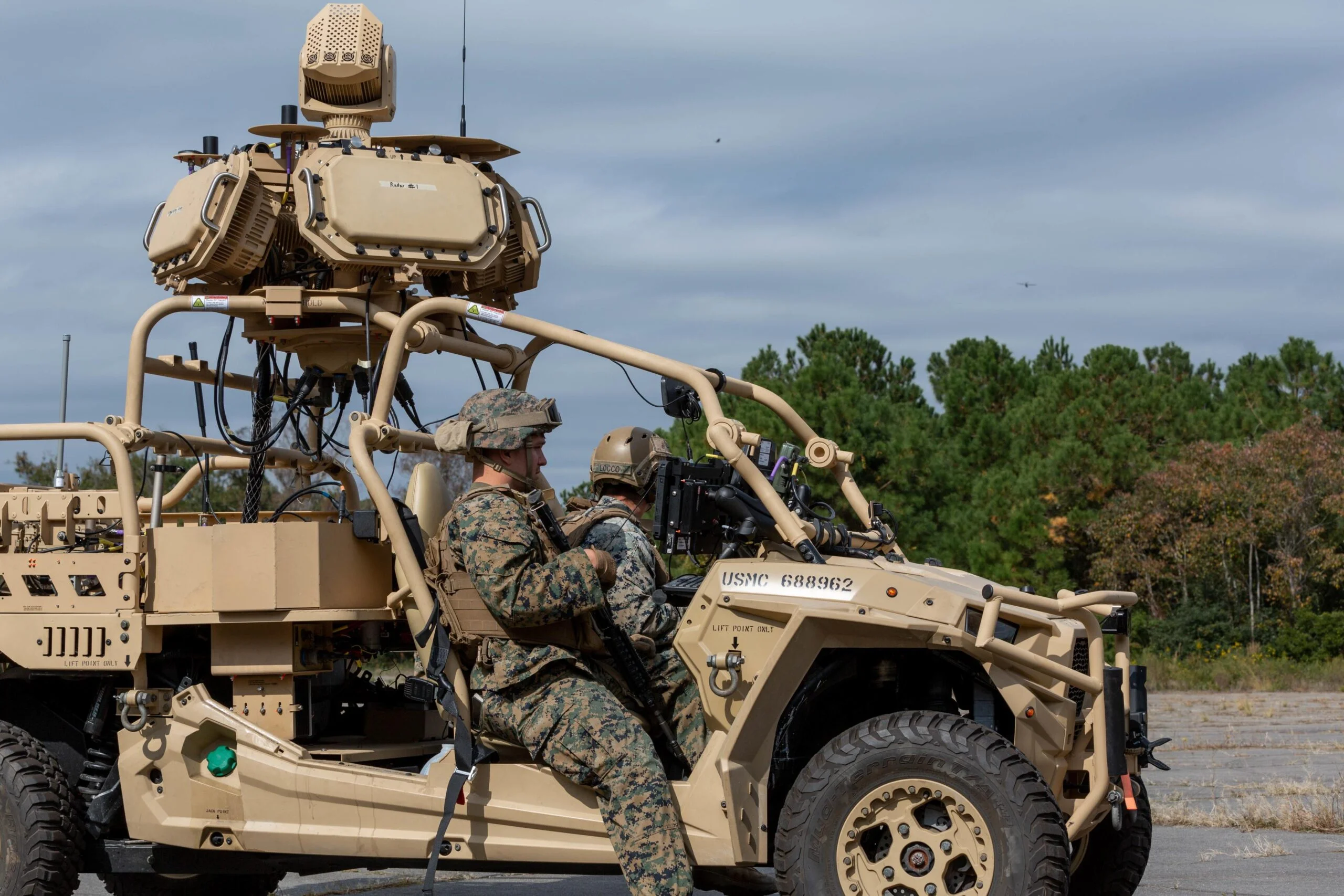
The US Marine Corps (USMC ) has tested a new ground-based air-defence (GBAD) capability, called Light Marine Air-Defence Integrated System (LMADIS).
The test was executed by Marines assigned under 2nd Low Altitude Air Defence (LAAD) Battalion.
It was carried out from the Marine Corps Outlying Landing Field Atlantic in North Carolina, US.
According to the USMC, the use of commercial off-the-shelf drones in battlespace and offensive warfare has increased over the years and the new system is being tested to upgrade the service’s existing GBAD capabilities.
USMC 2nd LAAD gunner staff sergeant Dustin Yonkings said: “With constant evolving of commercial drones, one thing that won’t change is required frequencies used to pilot any drone.”
The new LMADIS capability is designed to defeat and neutralise enemy’s uncrewed aircraft systems (UAS). It minimises airborne threats by disrupting available electronic signals between the UAS and its operator.
The system leverages electronic weapons equipped on a compact and light frame, such as Polaris-developed MRZR multi-configurable off-road vehicle, which allows deployment of LMADIS to austere environments using air transport support.
The USMC informed that the new system uses a total of two MRZRs, housing CM262U optic, RPS-42 radar and Skyview MP system and the Modi II dismountable electronic-warfare system, used to disrupt enemy drones and communications.
The CM262U is used as the system’s ‘eyes’, while the radar system is equipped to provide 360-degree air surveillance and long-range drone detection.
The system is also supported by an AN/PRC-158 manpack radio system, that allows LMADIS to transfer detected threats’ information to the troops in its immediate proximity and to commanders in rear echelon.
The latest effort is part of USMC’s Force Design 2030 modernisation initiative.
'해병대 무기' 카테고리의 다른 글
| 미해병대 USMC to develop new expeditionary fuel dispensing system (1) | 2022.12.08 |
|---|---|
| 미해병대 USMC receives final AH-1Z Viper helicopter under H-1 programme (0) | 2022.12.06 |
| 미국 Bonhomme Richard 상륙함 (0) | 2022.11.29 |
| 영국 강습상륙함 HMS Bulwark L15 (0) | 2022.11.29 |
| 호주해군 상륙함 HMAS Kanimbla (0) | 2022.11.28 |




